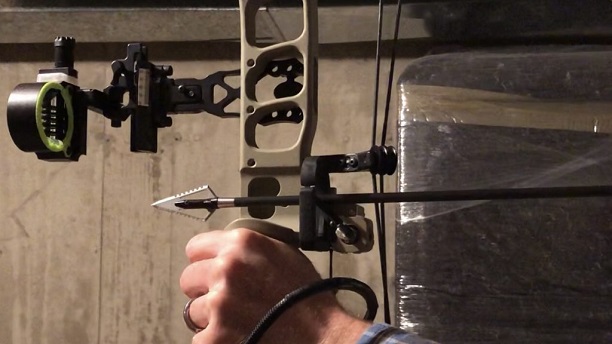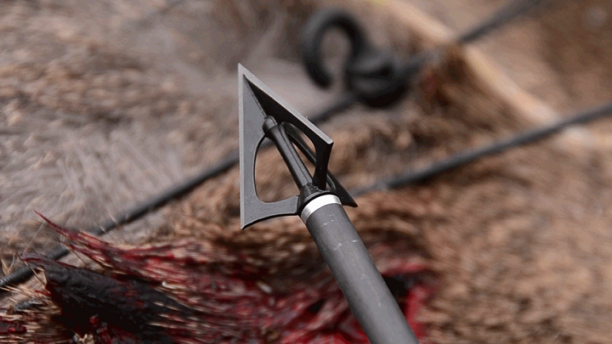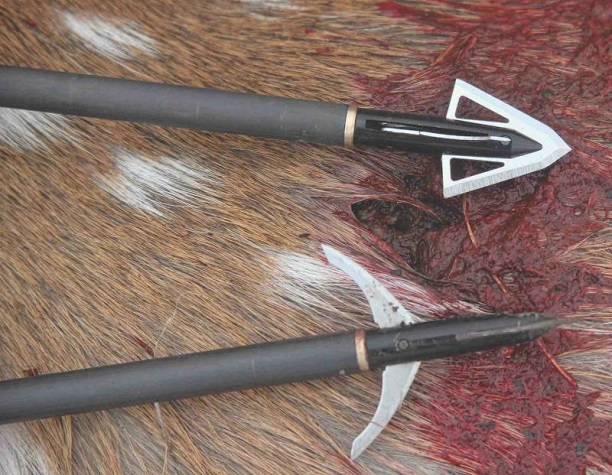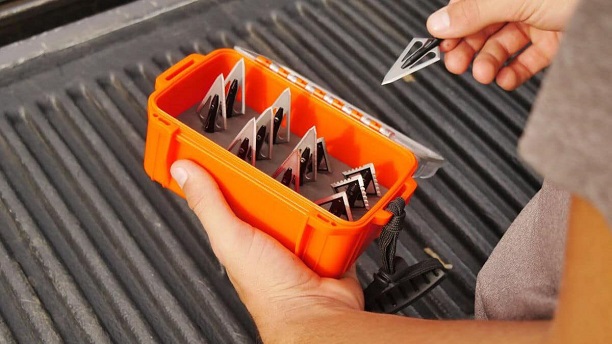Broadheads Explained: Important Elements for the Success of Your Hunt
Nowadays, archers have a huge range of supplies and accessories to choose from, and that’s particularly true when it comes to arrows and broadheads. This has left many beginners confused as to what their best options. In order to simplify your buying process, I’ll talk about the different types of broadhead configurations, and the difference between arrows made of different materials. Once you get a clear understanding of the different types of arrows and broadheads, you’ll easily narrow down your search and find the most suitable fit.

Source: Rokslide
Penetration and Cutting Diameter
Before you decide on the ideal broadhead arrow attachment from the range of hunting supplies, examine your entire setup. Consider your draw length and weight, arrow weight and your prey of choice. Arrow weight and broadhead cutting diameter will both play a crucial role in impact penetration. As the cutting diameter increase, the momentum necessary to generate a pass-through also increases.
Heavier arrows penetrate deeper than lighter arrows, and they’re more forgiving, allowing you to achieve pass-through with a wider range of broadhead diameters and configurations, even if you’re hunting prey with thick hides, such as elk, moose, hogs, etc. Lighter arrows, on the other hand, especially those that require shorter draw length from a low poundage bow, will be inhibited by a broadhead arrow combination with a larger cutting diameter.
However, this doesn’t necessarily mean that they fall short. If you pair them with small diameter broadheads, even they can achieve pass-through shots.

Source: Bowhunting
Number of Blades
The more blades an arrow has, the more cutting surface it will make, creating larger wounds and greater chances for penetrating vitals and severing arteries. Friction and cutting surface have a direct correlation, so two-blade broadheads will usually penetrate deeper than other configurations. A low-profile, small-diameter, two-head broadhead arrows are a great choice for archers shooting low poundage. On the other hand, three- and four-blade broadhead designs are great for hunters who shoot heavier arrows that demand large wound channels for more blood loss.
One-Piece Fixed-Blade Arrows
Some of the earliest recorded arrowheads were made from a single piece of wood. Nowadays, this is still a viable method, only another type of material is used for the arrowhead, such as steel or titanium. Since these broadheads don’t feature any replaceable or moving parts, they’re very durable, and they won’t break when they come in contact with a bone or another hard surface. However, if you decide to get a one-piece broadhead design, make sure you have a sharpener for the blades, especially after you’re done practising with it.

Source: Grandviewoutdoors
Replaceable Fixed-Blade Arrows
Replaceable fixed-blade broadheads will ensure you have an arrow full of sharp heads at all times. All you have to do is replace them when necessary. replaceable blades snugly lock in place with the help of a collar around the broadhead arrow’s ferrule. The majority of these broadheads are available in either three- or four-blade designs, allowing archers to go from the practice range to the field by simply swapping out the blades dulled from target practising.
Usually, all broadheads are smaller than one and a half inches (3.8cm) in diameter, making them a great choice for hunters who want to get as much penetration from their setup as possible.
Expandable Broadhead Arrows
The blades on these broadheads tuck snuggly against the ferrule in flight and deploy after impact. Some expandable broadheads can create a 5cm or more cutting diameter, leading to devastating wound channels and more forgiveness on marginal shots. However, these broadheads require more momentum and kinetic energy to pass through the prey than their fixed-blade counterparts.
Expendable broadheads are better suited for setups with heavier arrows and draw weight. Even though these broadheads have proven to be effective on large prey with thick hides like elk and moose, they’re most popular when used on smaller (deer-sized) animals with thinner hides.

Source: Advancedhunter
Installing Broadheads
After you cut your arrows, you can use an arrow squaring tool to make sure there’s a flush point of contact between the shaft and insert. This will assist your broadhead’s spin without wobbling when shot, resulting in improved accuracy. You can spin test the arrows using an arrow spinning tool, or just turn it on an even surface like on top of a table. If you aren’t sure how to install broadheads yourself, your local hunting or archery technician can cut and install the arrows for you to ensure your broadheads can fly properly.
Instead of just picking a broadhead and matching it to your arrows, spend some time researching your setup, and make a decision only when you figure out what will fit you best. Don’t feel discouraged if you’re used to shooting light draw weights, as when paired with the right equipment, every setup can give you the results needed to take down big game and fill your fridge full of delicious wild meat that you can serve to your family or friends on the next special occasion.



